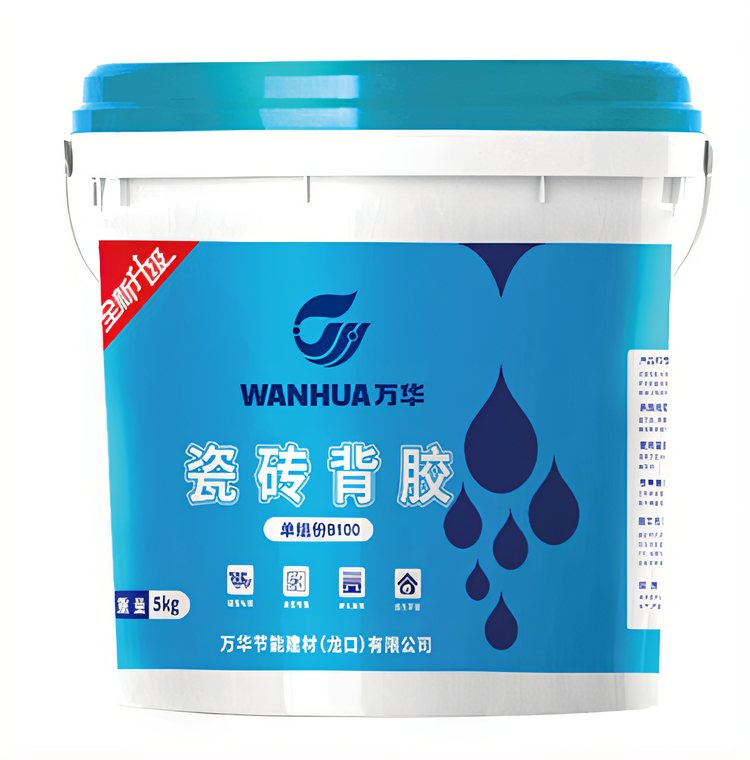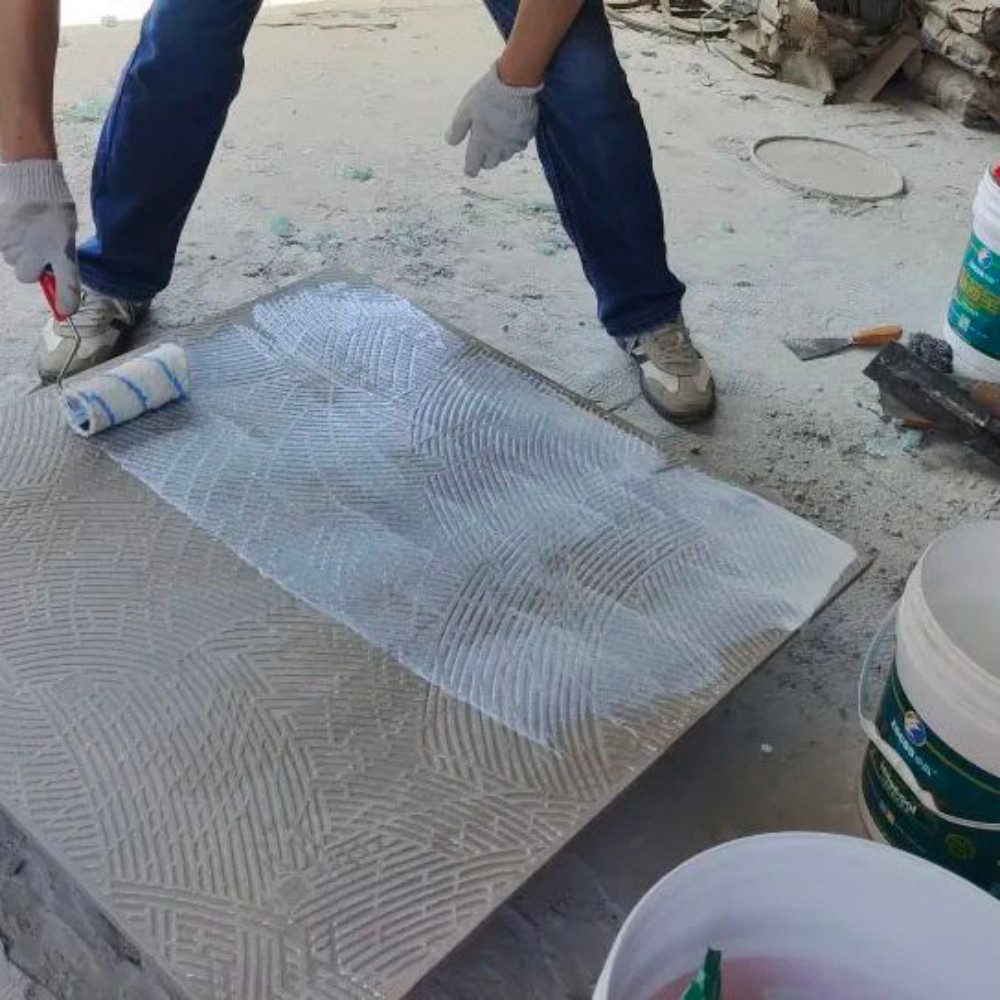

In recent years, safety accidents caused by tile falling off have occurred frequently, making it a major "safety hazard" in home life. Tile back adhesive, with its excellent bonding performance, should have been a "powerful tool" to solve the problem of tile falling off. However, many residents report that even with tile back adhesive, tile falling off still happens. What are the reasons behind this? And how to make tile bonding stronger through standardized construction?
Tile falling off is not caused by a single factor, but may involve multiple links such as the base layer, waterproof layer, and the combination of tiles and back adhesive. If it is determined that the problem lies in the back adhesive construction after investigation, it is usually closely related to the following four non-standard operations: First, failing to follow the standard process in the product manual, such as not airing the back adhesive that needs to be aired, which directly affects the bonding effect. Second, privately diluting the back adhesive with water or adding other unknown solvents for convenience or cost-saving, which destroys the original formula ratio and bonding performance of the back adhesive. Third, neglecting maintenance and protection after construction. When the tiles are not fully fixed, they are collided, squeezed, contaminated by dust, oil stains, etc., or even soaked by rainwater, resulting in damage to the bonding layer. Fourth, constructing at excessively high temperatures. At this time, the shrinkage rate of tile adhesive or cement sand will increase significantly, which is easy to form hollowing and lay hidden dangers for subsequent tile falling off.
To give full play to the role of tile back adhesive and ensure long-term stability of tiles, it is necessary to strictly control from three key dimensions: material selection, construction maintenance, and construction environment.
1. Select Materials Accurately and Follow Construction Standards
Material selection is the basis for firm tile bonding. Different types of tile back adhesives have significantly different construction requirements. Currently, the mainstream back adhesives on the market are divided into two categories: immediate pasting type and airing type. After evenly applying the immediate pasting type tile back adhesive on the back of the tile, there is no need to wait, and the pasting operation can be carried out directly, which is suitable for scenarios pursuing construction efficiency. However, the airing type tile back adhesive has strict airing requirements. After application, it is necessary to wait until the coating is completely dry and presents a transparent state before pasting with the supporting tile bonding material. If the airing step is omitted or the coating is not dry before construction, the bonding strength of the back adhesive will decrease significantly, and the tiles are likely to fall off from the back adhesive in the later stage. Therefore, before construction, it is necessary to carefully read the product manual, clarify the type of back adhesive, and strictly follow the standard process.
2. Attach Importance to Construction Maintenance and Conduct Comprehensive Protection
The completion of construction does not mean the end of the work. The subsequent maintenance and protection are also crucial, which directly affect the durability of tile bonding. After construction, the tiles and the bonding layer need a certain time to solidify. During this period, comprehensive protective measures should be taken: On the one hand, avoid personnel stepping on the tiles at will and colliding with the tiles when carrying heavy objects, so as to prevent the tiles from shifting or the bonding layer from loosening due to external forces. On the other hand, do a good job in environmental protection, avoid dust, cement residues, oil stains and other pollutants adhering to the tile surface or seeping into the gaps, and at the same time prevent the tiles from being wetted by rainwater, sprinkler water, etc., to avoid moisture affecting the solidification effect of the bonding layer. Only when the tiles are solidified in a stable, clean and dry environment can the bonding performance of the back adhesive be fully exerted to ensure that the tiles are firmly bonded and not easy to fall off.
3. Control the Construction Environment and Avoid Temperature Risks
Temperature is a key factor affecting the setting effect of bonding materials such as cement and tile adhesive. An improper construction environment will directly cause the problem of tile falling off. Generally, construction in winter should be avoided as much as possible. The temperature in winter is relatively low, especially when the temperature is below 0℃, the mortar is easy to freeze. The freezing of water will cause the mortar volume to expand and damage its internal structure. When the temperature rises in the next spring and the frozen soil thaws, the strength of the mortar will decrease significantly, which cannot bear the weight of the tiles, leading to tile falling off. If construction must be carried out in winter due to special reasons such as tight construction period, targeted measures should be taken: Before tile paving, the tiles should be fully soaked in water to make them absorb enough water to reach a saturated state. In this way, during paving, the tiles will not cause the mortar to lose water too quickly due to absorbing water from the mortar, avoiding the problem of weak bonding between cement and tiles. At the same time, the temperature of the construction environment can be increased by building thermal insulation sheds and using heating equipment to ensure the normal setting of the mortar.
In short, tile back adhesive construction is a systematic work. Only by accurately selecting materials, doing a good job in construction maintenance, and controlling the construction environment can the hidden danger of tile falling off be fundamentally solved, making the tiles stable for a long time and providing a guarantee for home safety.

